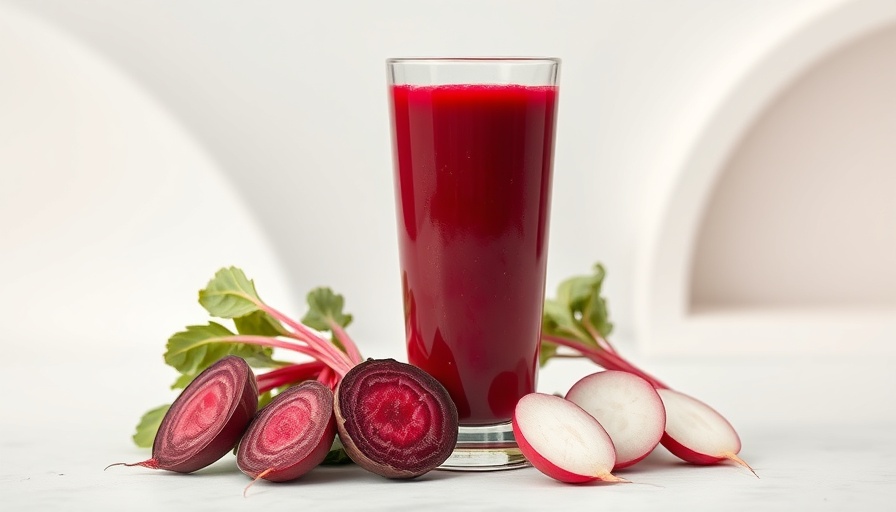
Understanding Beetroot and Radish: A Brief Overview
When it comes to root vegetables, beetroot and radish are often at the forefront of many discussions. While they may seem alike due to their colorful appearances, they belong to entirely different plant families. Beets, or beetroot as commonly referred to in the UK, are from the Amaranthaceae family, while radishes fall under the Brassicaceae family. This fundamental difference contributes to their unique flavors and nutritional profiles.
The Sweet Earthiness of Beets vs. The Crisp Pepperiness of Radishes
The taste of these two vegetables reflects their distinct characteristics. Beets are celebrated for their naturally sweet and earthy flavor, making them a favorite in various cooked dishes. In contrast, radishes bring a crisp, peppery bite that is most enjoyable when eaten raw. This difference in flavor not only highlights their versatility in different culinary contexts but also enhances their role in healthy eating.
Nutritional Breakdown: Beets vs. Radishes
When comparing their nutritional profiles, beetroot emerges as a powerhouse rich in minerals such as iron, manganese, and potassium, along with antioxidants. Radishes, with fewer calories and carbs, are particularly advantageous for low-carb diets, making them a staple for those watching their caloric intake. For individuals seeking higher vitamin C and K levels, radishes offer more than thrice the vitamin C found in beets.
Key Nutritional Differences
Let’s break down some of the key nutrients:
- Calories: Beets provide around 43 calories per 100g, compared to radishes at merely 16 calories.
- Carbohydrates: Beets are higher in carbs (approximately 9.6g) versus radishes (3.4g), making the latter a superior choice for those on low-carb diets.
- Vitamins: While beets are higher in vitamins A and B, radishes excel in vitamin C through their impressive 14.8mg per 100g serving.
- Fiber: Beets again take the lead, with 2.8g of dietary fiber compared to 1.6g in radishes.
Health Benefits and Implications
Both beets and radishes boast various health benefits. Beets have been linked to improved cardiovascular health due to their high nitrate content, which can help lower blood pressure. Radishes, on the other hand, have demonstrated antidiabetic properties and may provide anti-cancer benefits through their high levels of antioxidants like glucosinolates.
Potential Risks and Considerations
While both vegetables are largely beneficial, they do come with their caveats. Excessive beet consumption may increase nitrate levels, potentially relating to certain cancers, though more research is needed in this area. Conversely, long-term overconsumption of radishes has been associated with a condition known as hypothyroidism, even with adequate iodine intake. Moderation is the key to reaping the benefits without facing adverse effects.
Choosing the Right Vegetable for Your Health Goals
Ultimately, the decision between beetroot and radish should align with your personal health goals and dietary preferences. If you're looking for a nutrient-dense option with substantial fiber and antioxidant levels, beets might suit you well. Meanwhile, if you're focused on calorie control or enhancing your vitamin C intake, radishes would be a better pick.
Conclusion: Beet or Radish?
Both beetroot and radish have their unique health benefits, making them valuable additions to a balanced diet. Understanding their differences in flavor, nutrition, and health impacts allows for more informed dietary choices. The best choice, in this case, depends on your individual health priorities and culinary preferences. So, perhaps the real answer to the question of which is better would be this: why not enjoy both?
 Add Row
Add Row  Add
Add 




Write A Comment